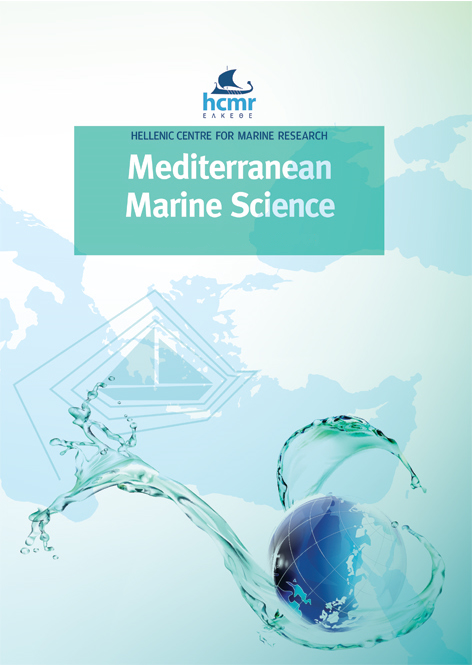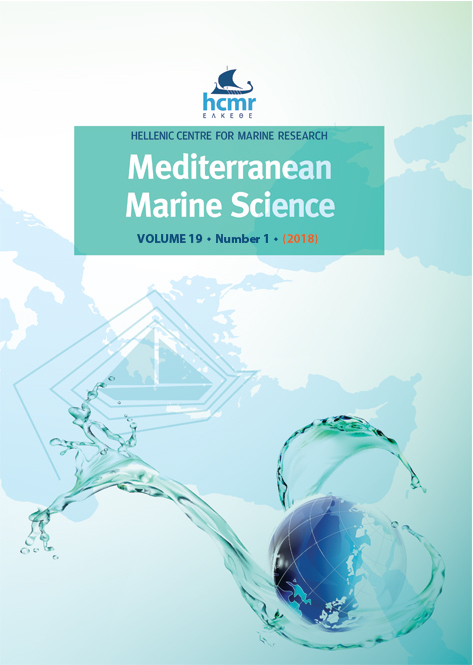Environmental drivers influencing the abundance of round sardinella (Sardinella aurita) and European sprat (Sprattus sprattus) in different areas of the Mediterranean Sea
Аннотация
Data on Sardinella aurita (round sardinella) and Sprattus sprattus (European sprat) in the Mediterranean Sea are limited due to their scarce commercial interest, at least in European countries. Yet, these two small pelagic fish, sitting at opposite ends of the thermal range, could be interesting sentinel species to monitor the effects of climate change in the basin. Using the Mediterranean International Acoustic Surveys (MEDIAS) – the most extensive source of information on these species – we analyzed their biomass in several geographical subareas of the central and western Mediterranean Sea in relation to satellite-derived environmental parameters. Our findings highlight that the S. aurita biomass responded to temperature, salinity, chlorophyll concentration and sea level anomaly, depending on the GSA examined, whereas the S. sprattus biomass correlated significantly with salinity in GSA 6, with salinity and chlorophyll concentration in GSA 7, and with sea level anomaly in GSA 17. These data widen our knowledge of the factors that contribute to the ecology of these species. Further studies of their spatial distribution and of their interactions with other small pelagic species, predators and prey are needed to depict a more comprehensive scenario.
Article Details
- Как цитировать
-
DE FELICE, A., IGLESIAS, M., SARAUX, C., BONANNO, A., TIČINA, V., LEONORI, I., VENTERO, A., HATTAB, T., BARRA, M., GAŠPAREVIĆ, D., BIAGIOTTI, I., BOURDEIX, J.-H., GENOVESE, S., JURETIĆ, T., ARONICA, S., & MALAVOLTI, S. (2021). Environmental drivers influencing the abundance of round sardinella (Sardinella aurita) and European sprat (Sprattus sprattus) in different areas of the Mediterranean Sea. Mediterranean Marine Science, 22(4), 812–826. https://doi.org/10.12681/mms.25933
- Раздел
- Special Issue MEDIAS
Authors who publish with this journal agree to the following terms:
- Authors retain copyright and grant the journal right of first publication with the work simultaneously licensed under a Creative Commons Attribution Non-Commercial License that allows others to share the work with an acknowledgement of the work's authorship and initial publication in this journal.
- Authors are able to enter into separate, additional contractual arrangements for the non-exclusive distribution of the journal's published version of the work (e.g. post it to an institutional repository or publish it in a book), with an acknowledgement of its initial publication in this journal.
- Authors are permitted and encouraged to post their work online (preferably in institutional repositories or on their website) prior to and during the submission process, as it can lead to productive exchanges, as well as earlier and greater citation of published work (See The Effect of Open Access).







